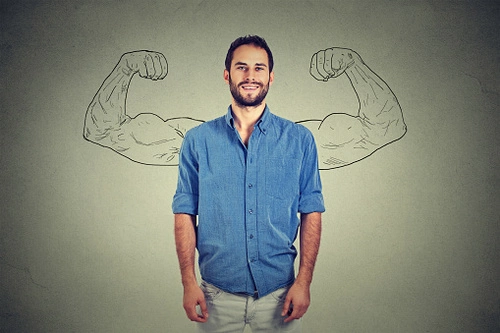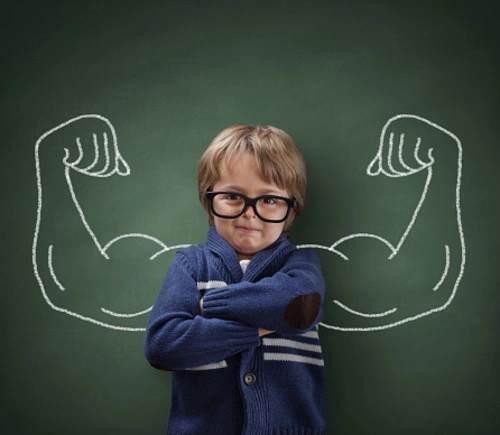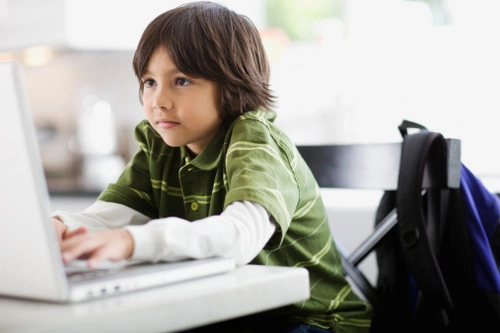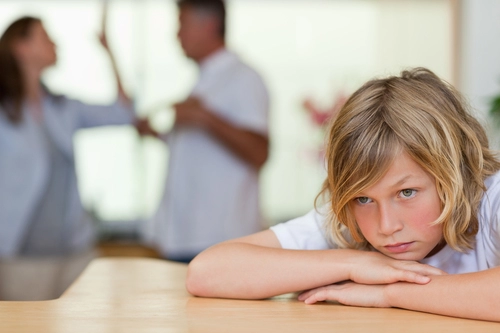1. Select a discrete app icon.

notes
Feeling Safe at Home Is Not Every Child's Reality
Former MLB player strives to help those living with childhood domestic violence
- Aug 20, 2018

Pop quiz: What do childhood domestic violence and the MLB have in common? Answer: Former Major League Baseball player Joe Torre lived through one and then excelled in the other. Afterward, he decided to help other kids caught in the same cycle of violence as he once was.
Torre, also a Hall of Fame manager of the New York Yankees—he led the team to four World Series Championships—grew up witnessing his father, who had a career in law enforcement, abused his mother. Torre was the youngest of five children and said they constantly lived in fear that something terrible was going to happen to their mom.
“I did grow up as a nervous child. And I didn’t understand, for the longest time why that was,” he told Dateline in 2003. In one incident, he said he remembers hearing “this big slam” in the kitchen. His father was upset about the way his mother had cooked him eggs and had thrown the plate up against the wall.
“He had a knife in his hand and he said, ‘If you ever make the eggs again like that, I’ll kill you with this knife.’”
Donate and change a life
Your support gives hope and help to victims of domestic violence every day.
As an adult, he said he felt alone and worthless and he began speaking out about his childhood. He and his wife Ali created The Safe at Home Foundation in 2002 to help support kids living with the same trauma Torre had endured.
“We went through a shelter in Brooklyn, and as I was talking about the environment I grew up in with an abusive dad, looking out over the classroom, there were like, one, two, three, four heads I could see going like this [nodding] when I was talking about abuse in the home. And you realize how many children this affects,” he told Dateline.
Creating Safe Spaces
In addition to raising awareness and creating a curriculum for schools to help teach kids about domestic violence, Safe at Home also created Margaret’s Place, named after Torre’s mother. These dedicated “safe spaces” in 16 schools throughout five states give kids a place where they can find a support in the form of a full-time mental health counselor. They offer one-on-one and group counseling and educate and train peer leaders to speak out on violence and abuse prevention.
“By and large, we’re in areas that are woefully underserved and don’t have a lot of resources to deal with victimization,” says Yolanda Jimenez, executive director of Safe at Home. “We like to go into a school and make a commitment of, at the very least, three years. Some schools we’re in seven to eight years.” The foundation estimates they’ve reached 72,000 kids impacted since they began almost 15 years ago.
Intervention is Critical
Witnessing domestic violence has lifelong effects on a child’s physical and psychological well-being. Trauma of that kind can actually rewire a developing brain to believe that violence is a normal part of life—and that they are to blame for it.
According to the Adverse Childhood Experience, or ACE Study, exposure to domestic violence and other trauma can shorten children’s lives and have a lifetime negative impact. The more adverse childhood experiences a young person has to endure, the higher the risk for health consequences, such as obesity, diabetes, depression—even cancer. There is a higher incidence of smoking, drug use and alcoholism. ACEs can also have an effect on a child’s future success in school and their career, and can increase the risk that a child will grow up to experience intimate partner violence as an adult.
While the best and quickest solution is to remove kids from the violence, unfortunately, that’s not always an instant or realistic option, for reasons like this.
The next best thing is to intervene and create healthy, safe and nurturing relationships in a child’s life, such as through programs like Margaret’s Place. But the need is greater than the resources, as evidenced, Jimenez says, by the fact Safe at Home has a waiting list.
“Unfortunately, we’re not able to meet the needs of every school. We’d like to have greater impact. We know our program works and makes a difference in lives of young people,” she says.
When surveyed, Safe at Home found 96 percent of the students who went through counseling at Margaret’s Place reported feeling more confident about themselves and more hopeful about their future.
Ninety-four percent said they felt safer. As mandated reporters, Jimenez says there have been a few incidents of counselors being required to report a home situation to child protective services they felt was dangerous for the child to return to. Safety planning is also an integral part of the counseling offered.
Start Early
The biggest way to intervene in the cycle of violence: start talking about it early. Safe at Home offers counseling to ages six and up. Says Jimenez, “By middle school, they’re already involved in dating relationships.” All too often, she says, if these relationships are unhealthy, they can lead to abuse. And if the child has witnessed abuse at home, they may think dating abuse is normal.
“I can’t imagine a young child who witnesses violence to think it’s their fault, or that they’re the only ones going through it or that they have nowhere to go. That’s why this resource being in a school is so natural.”
You can help a child regain their confidence after domestic violence. Read “How to Help Your Child Find Their Courage Again After Trauma” for five valuable tips.
Looking for someone to speak with? Enter your location to find phone numbers for domestic violence experts in your area.
Have a question about domestic violence? Type your question below to find answers.








